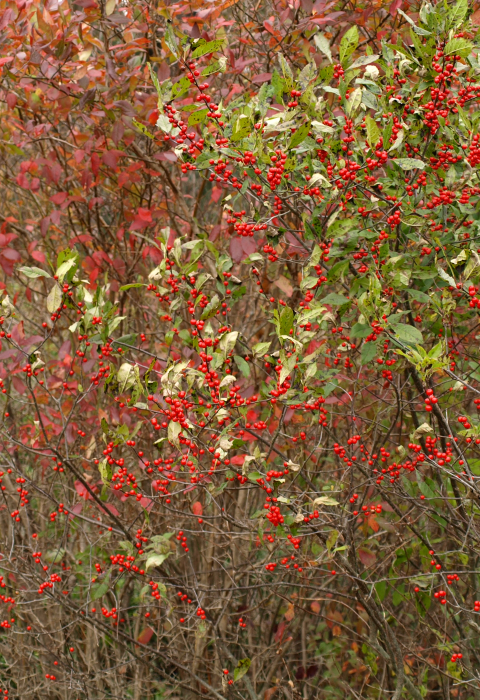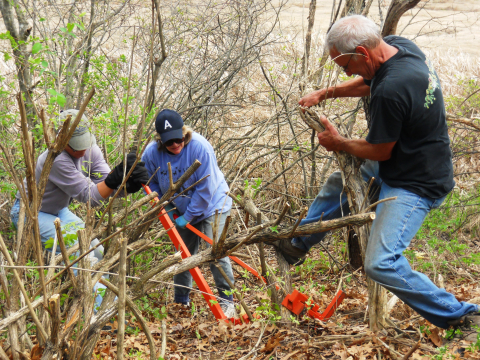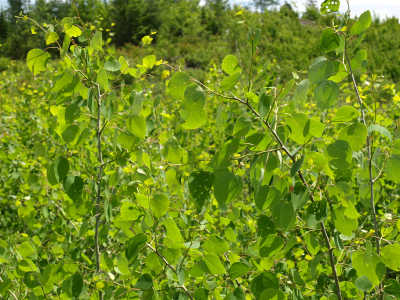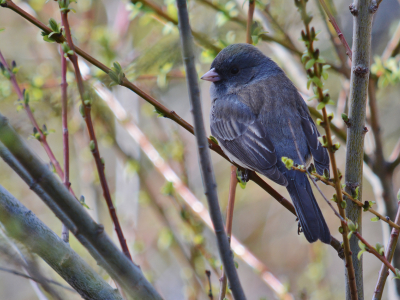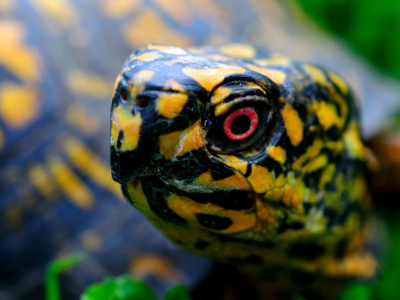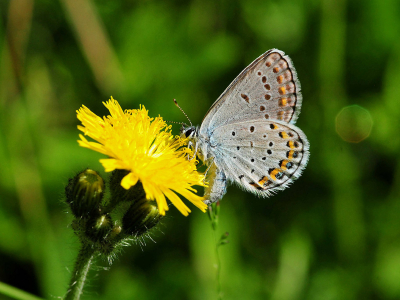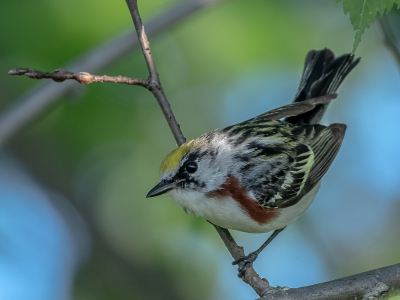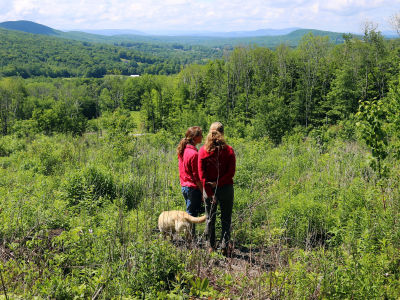Aggressive Invaders Can Harm a Habitat
Many young forest and shrubland areas have a component of nonnative invasive plants – aggressive, exotic species often simply referred to as “invasives.” Prominent kinds in the Northeast include autumn olive, multiflora rose, Japanese barberry, Oriental bittersweet, smooth and glossy buckthorn, and bush honeysuckle.
Invasives succeed here because they don’t face the diseases, insects, and browsing animals that evolved alongside them and keep them in check in the regions where they originated.
Thickets of invasives can provide good hiding cover for wildlife. But they do so at the expense of native shrubs that would have offered equally good cover and more and better food resources.
Tailor Management to the Site
When making or refreshing young forest and shrubland, conservationists try to avoid actions that favor invasives. Harvesting timber, mowing overmature shrubs, or conducting prescribed burns can sometimes spur the quick growth and spread of these undesirable alien plants.
If a piece of land is already infested with invasives, consult a natural resources professional to determine the best way to manage the habitat. Different kinds of invasives can be controlled in different ways. Learn about manual, chemical, and biological techniques in “Invasive Exotic Plants in Early-Successional Habitats,” Chapter 8 in Managing Grasslands, Shrublands and Young Forests for Wildlife: A Guide for the Northeast.
Suppress Invasives Over Time
Removing all invasives at once can harm local wildlife using the habitat. Instead, gradually remove nonnative plants over a period of years. Ongoing monitoring and the most appropriate management actions can prevent invasives from dominating a site – something these plants can do quickly, sometimes in only a few years.
A technical research paper, Toward Consensus-Based Actions that Balance Invasive Plant Management and Conservation of At-Risk Fauna, offers insight into effective management solutions, with a focus on making habitat for the New England cottontail.

